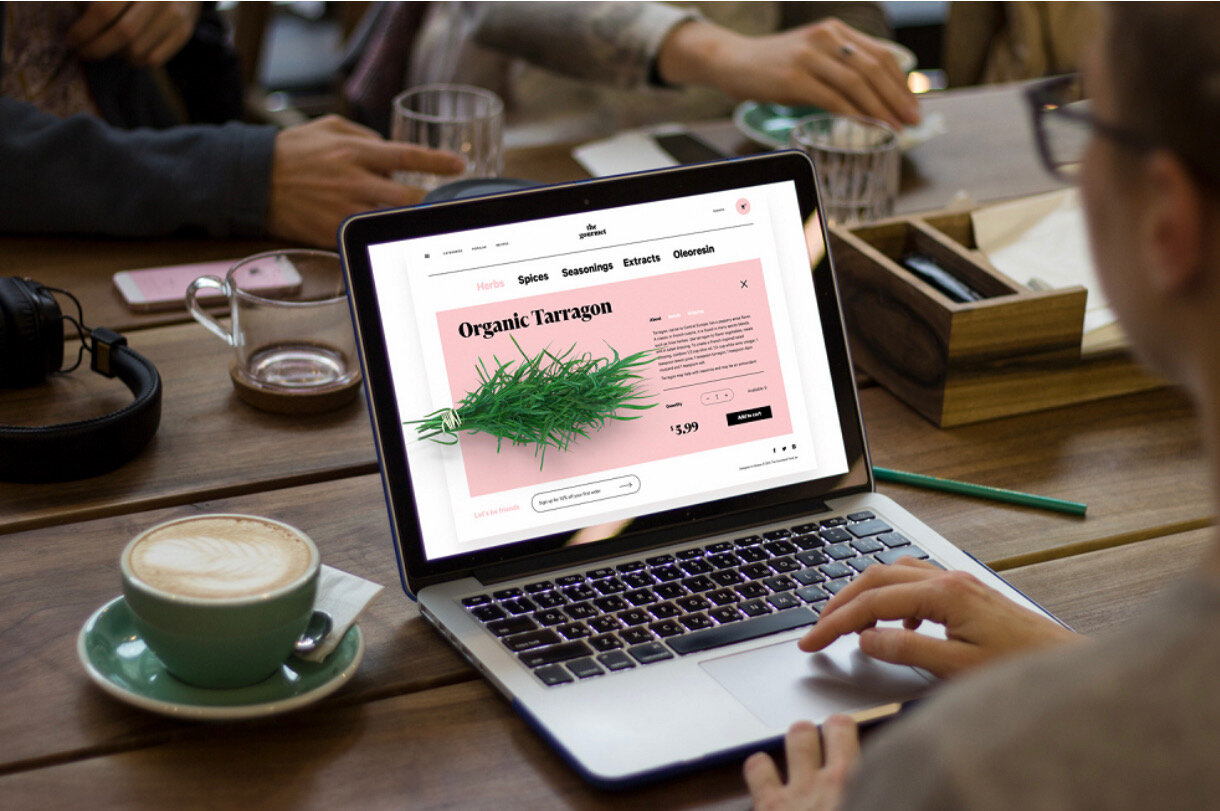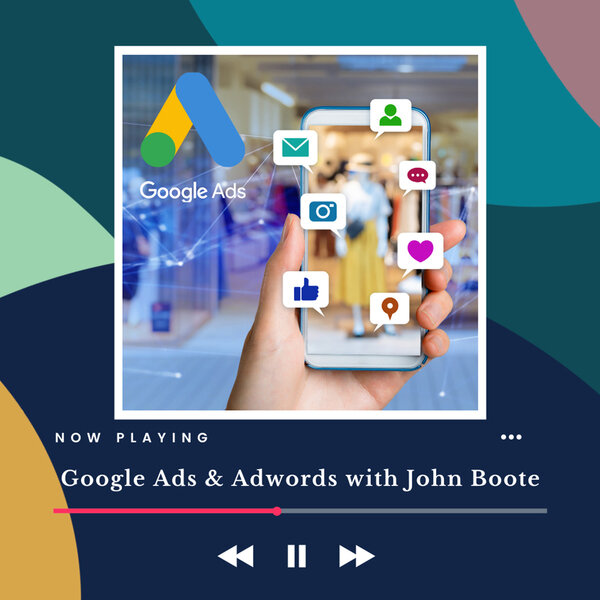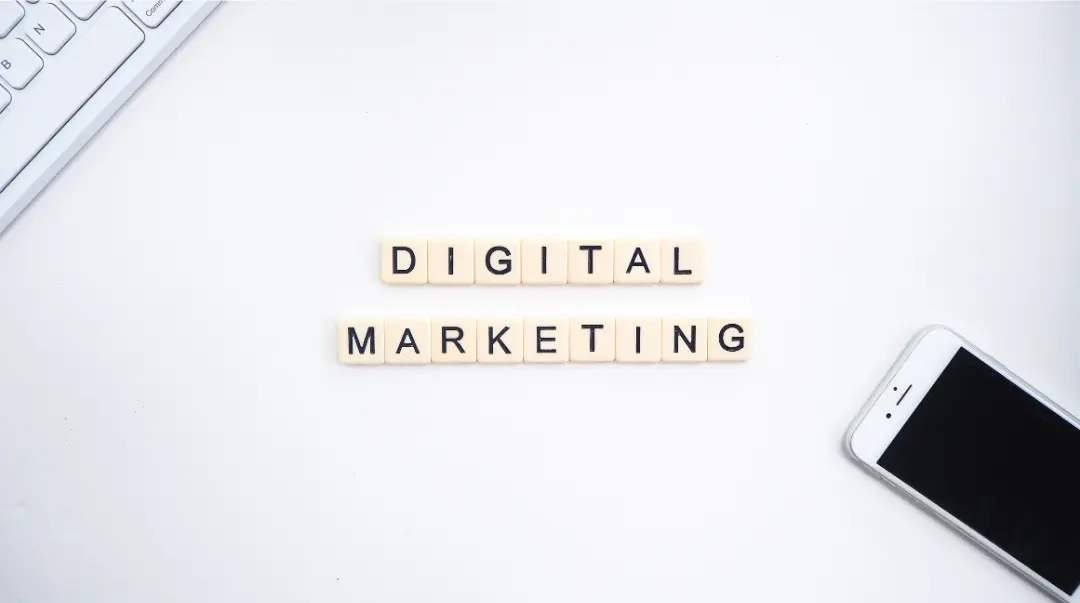The primary goal of most digital marketing efforts is to attract traffic to your website that will convert to sales. This can be a long process or a relatively quick one, depending on where the buyer is in their buying journey and how easy you have made it to get information to make a decision.
Your website is the hub of all of your efforts and the primary spot where visitors will become connections and customers, also called conversion. Since your website is where conversions will occur so we’d like to focus on setting your site up for conversion success.
The first step is to Prepare. Take these small steps to make sure your site itself is designed to encourage the conversions that matter to your business.
-
Make sure your branding and what’s on your website aligns – ensure your value proposition is very clear
-
Use an easy to navigate design that is clean, precise and guides the user to the conversions using a strong call to action
-
Test the site yourself and with users outside of your company. Reduce friction points if you find them
-
Optimize everything that affects your SEO rankings from keywords to page load speed and overall user experience, as well as readability
-
Make sure you’ve provided visitors with enough information to understand your offering and it’s value to their lives, but not so much that they become confused or overwhelmed
-
Keep your Homepage simple and design each page based on what next step you would like visitors to take
-
Check your buttons – often the placement, colour, size and shape make a big difference in the likelihood of a visitor taking the next step
-
Use testimonials on as many pages as possible. Video is also very popular
You’ll also want to look at the type of traffic you are attracting. Getting the RIGHT visitors to your site is the key to conversion. If they don’t need your product, are unclear how you can help them or are not ready to engage with your business, they will not produce any type of conversion for you.
To attract the visitors that want your products or services, start with making sure you know your buyers well.
-
What do you help them with?
-
How does your product improve their life?
-
What type of questions are they asking that you solve?
Design your keywords around the answers to these questions, being mindful of the buying stage they are at. While some buyers start out looking for information, others know the solution they need and are choosing from multiple options like yours. Choose keywords and design campaigns for all funnel stages. This way you will know exactly what type of offer will be compelling for them and where to land them on your site to start the conversion process.
This brings us to the next step which is to Connect with the visitors that have landed on your website. Once a visitor has come to your site, you’ll want to have a user flow that is optimized based on how they got to you and the next step you want them to take. In this process, don’t rush it – microconversions like video views and reading articles or testimonials are an important part of moving a prospective buyer towards a purchase.
One of the best ways to do this is to drive traffic to your highest performing pages and really nail it when they get there. Take the time to educate your customer on the benefits they receive from buying from you. Provide all of the information they need to move forward right at their finger tips. Show your expertise or value with great content that leaves them wanting more, then don’t forget that perfect call to action with an incentive to get them to take the leap.
Once they take that next step with you, remove all potential friction by making it easy to complete the conversion. Keep forms simple and easy to use and the perceived risk of moving forward low. Many consumers want a quick process that does not require much commitment from them, especially when taking early stage funnel steps. One great strategy is to offer a portion of your product or service for free or in a bite size at a low cost to reduce the barriers to entry and start the customer journey with less upfront risk.
After the visitor has performed the action you were driving towards, be sure to thank them and offer additional opportunities to engage, purchase and refer you by sharing on social media or via email.
The unfortunate reality of web traffic is that many, if not most, of your visitors will not complete the actions you wanted them to. When that is the case, you’ll want to Nurture those visitors to draw them back again and again so they eventually become customers. Building your email list, blog subscribers and social media followers is a great way to encourage repeat site visits. Creating quality content and promoting it regularly will go a long way to keeping the eyes and ears of prospective customers on your brand, while varying the content types and making it shareworthy can leverage these followers to bring new traffic to you.
Here are some other ideas to incentivize repeat traffic:
-
Offer regular contests & giveaways
-
Fun content that entertains & inspires
-
Ask for feedback on current or future offerings
-
Encouraging user generated content submissions
-
Host events like webinars, online trade shows and in person events
At the end of the day, the only way you will know what is working for you is to make small changes, read the story the data is telling you and implement or discard ideas as you determine their viability. If small changes aren’t yielding the results you need, consider running tests on major changes and don’t be afraid to start over if tests show better results with a full overhaul.
Testing is the key to success so focus your efforts on getting your conversion rate up before boosting traffic volumes. Once you have the right pieces in place, new traffic will be much easier to turn into customers!





